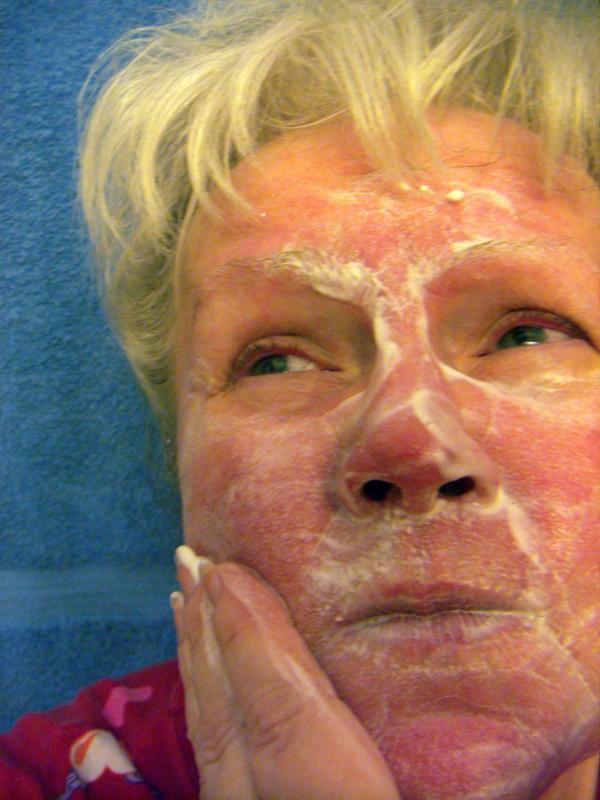
The combination of ivermectin 1% cream (IVM) and doxycycline 40-mg modified-release capsules (DMR) delivers faster responses, better response rates and greater satisfaction compared with monotherapy in patients with severe rosacea, a recent study has shown.
“Faster onset of visible improvement, greater efficacy, a reduction in flushing episodes, and a decrease in facial stinging and burning were all observed, offering the opportunity to reach skin clearance in more patients while not compromising safety,” the researchers said.
A total of 273 adults with severe rosacea (Investigator’s Global Assessment [IGA] score, 4) participated in this 12-week, multicentre, randomized, investigator-blinded, parallel-group comparative study and were randomly assigned to receive either IVM and DMR (30-mg immediate-release and 10-mg delayed-release beads; combination arm) or IVM and placebo (monotherapy).
The combination therapy was superior to monotherapy in terms of reduction of inflammatory lesions (–80.3 percent vs –73.6 percent; p=0.032) and IGA score (p=0.032). Onset of action as of week 4 was also faster with the combination therapy. In addition, significantly more patients receiving both IVM and DMR achieved an IGA score of 0 (11.9 percent vs 5.1 percent; p=0.043) and 100-percent lesion reduction (17.8 percent vs 7.2 percent; p=0.006) at week 12. [J Am Acad Dermatol 2020;82:336-343]
On the other hand, both treatments were well tolerated and were effective in reducing the Clinician’s Erythema Assessment score, stinging and burning, flushing episodes, Dermatology Life Quality Index score, and ocular signs or symptoms.
“A surprising outcome from this study was the improvement in ocular signs and symptoms,” the researchers said. “Despite instructions to avoid application of IVM to the eyelid area, both treatments resulted in a significant reduction in ocular signs and symptoms.”
Another significant outcome was the reduction in stinging and burning, which was also seen in previous clinical trials. [Br J Dermatol 2015;172:1103-1110; J Eur Acad Dermatol Venereol 2016;30:829-836; J Drugs Dermatol 2014;13:316-323]
Although these symptoms could worsen patient discomfort, physicians often underestimated their impact, according to the researchers. [https://hosted.bmj.com/rosaceabeyondthevisible]
“[T]hese … results suggest that using a combination of IVM and DMR, each once daily, along with a properly selected skin care regimen, can improve treatment [outcomes],” the researchers said. “Ultimately, overall patient satisfaction was achieved more frequently in those … who utilized the combination therapy.”
Limitations of the current study included a lack of a control group, short study duration, which did not allow for the evaluation of possible recurrences, and that diagnosis of the severity of ocular rosacea was not undertaken by ophthalmologists.
“[F]urther studies of ocular rosacea are necessary, as highlighted by a recent Cochrane review that identified only two studies with usable data yet with a low-quality level of evidence,” the researchers said. [Cochrane Database Syst Rev 2015;4:CD003262]